
When it comes to networking and making a lasting impression, business cards are still an essential tool. Despite advancements in technology, the humble business card remains a powerful way to exchange contact information and establish meaningful connections. However, using business cards effectively requires more than just handing them out to everyone you meet. To maximize their impact, it’s important to follow some key rules. In this article, we will explore the importance of business cards and provide you with a guide on how to use them effectively.
The Power of Business Cards
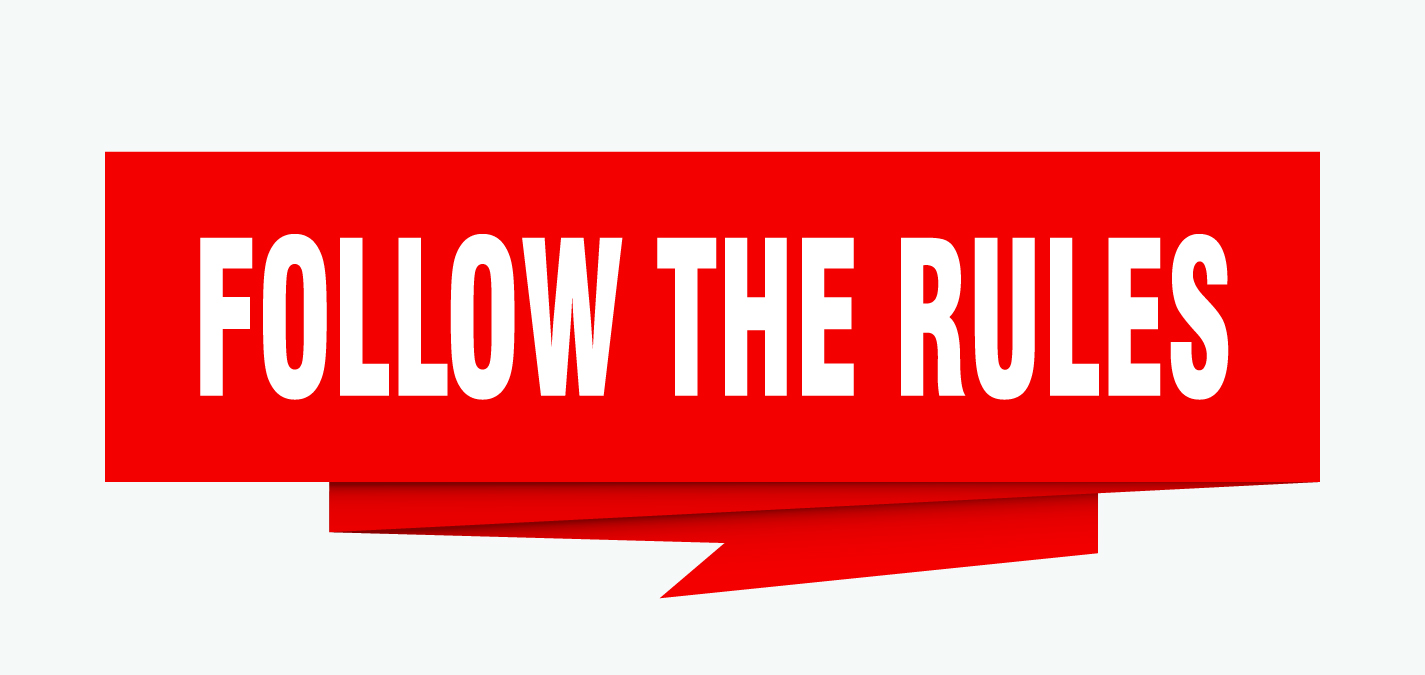
In today’s digital age, it’s easy to assume that physical business cards are becoming obsolete. However, studies have shown that they still hold significant value. According to the Statistic Brain Research Institute, about 10 billion business cards are printed annually in the United States alone. This staggering number indicates that people still rely on them as a tangible representation of their professional identity.
One of the primary advantages of business cards is their ability to leave a lasting impression. When you exchange business cards with someone, it adds a personal touch to your interaction. It allows you to showcase your brand, your unique design, and provides an opportunity to stand out among competitors.
Rule #1: Keep it Simple and Professional
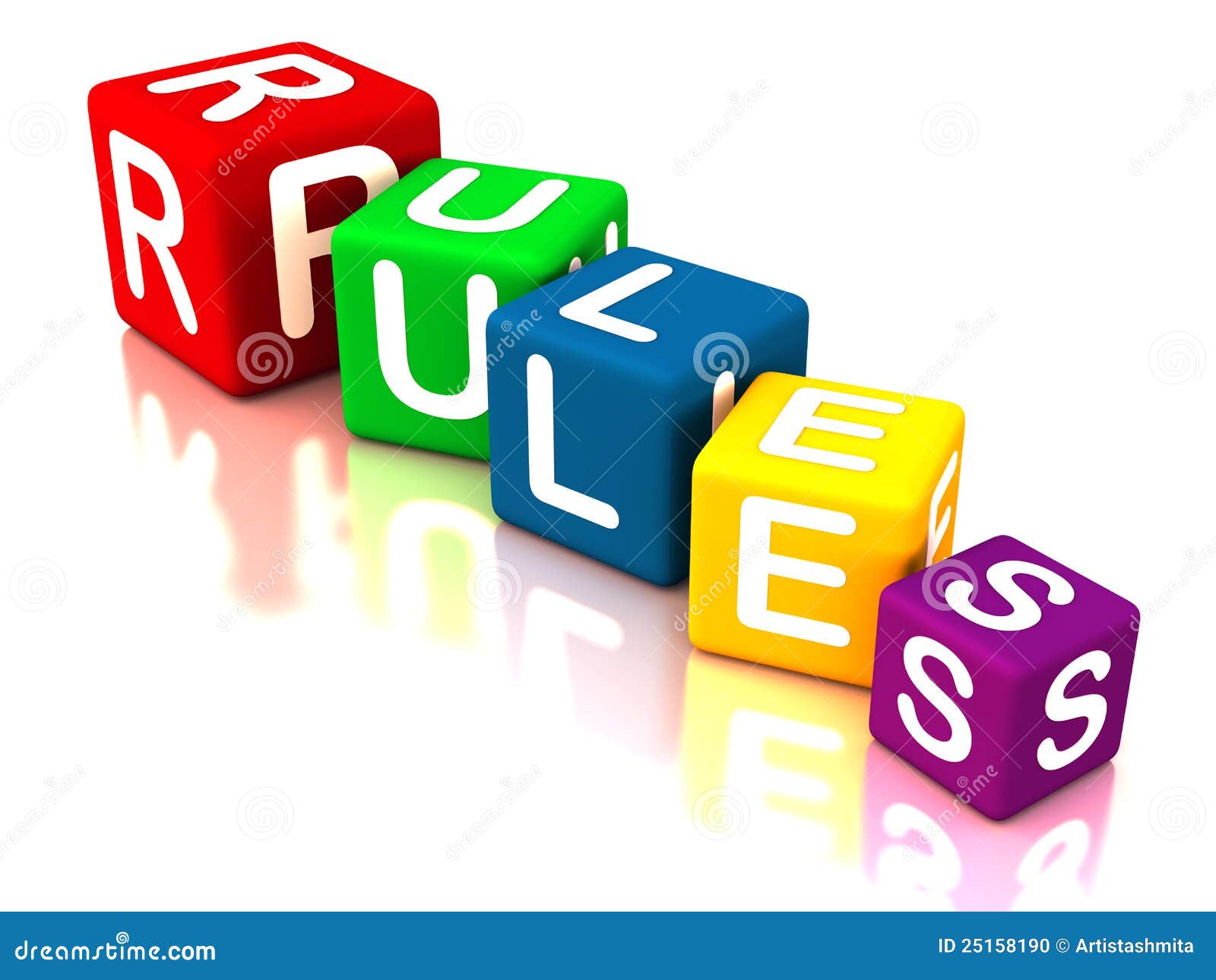
When it comes to designing your business card, simplicity is key. Your card should be clean, easy to read, and convey a sense of professionalism. Avoid clutter and opt for a design that reflects your industry and personal brand. Choose a font that is easy to read, and include only essential information such as your name, job title, company name, contact number, and email address.
Remember, a cluttered or overly complicated business card can make it difficult for recipients to locate the information they need. By keeping the design simple and professional, you ensure that your card is visually appealing and easy to understand.
Rule #2: Use Quality Materials
The quality of your business card can make a significant impact on how it is perceived by others. Investing in high-quality materials goes a long way in demonstrating your commitment to professionalism and attention to detail. Opt for sturdy cardstock or, for a more premium feel, consider using materials like plastic or metal.
The texture of your business card is another important consideration. A smooth and sleek finish can make a positive impression, while a rough or dull texture may be off-putting. Choose a finish that aligns with your brand image and adds a touch of sophistication to your card.
Rule #3: Be Mindful of Card Quantity
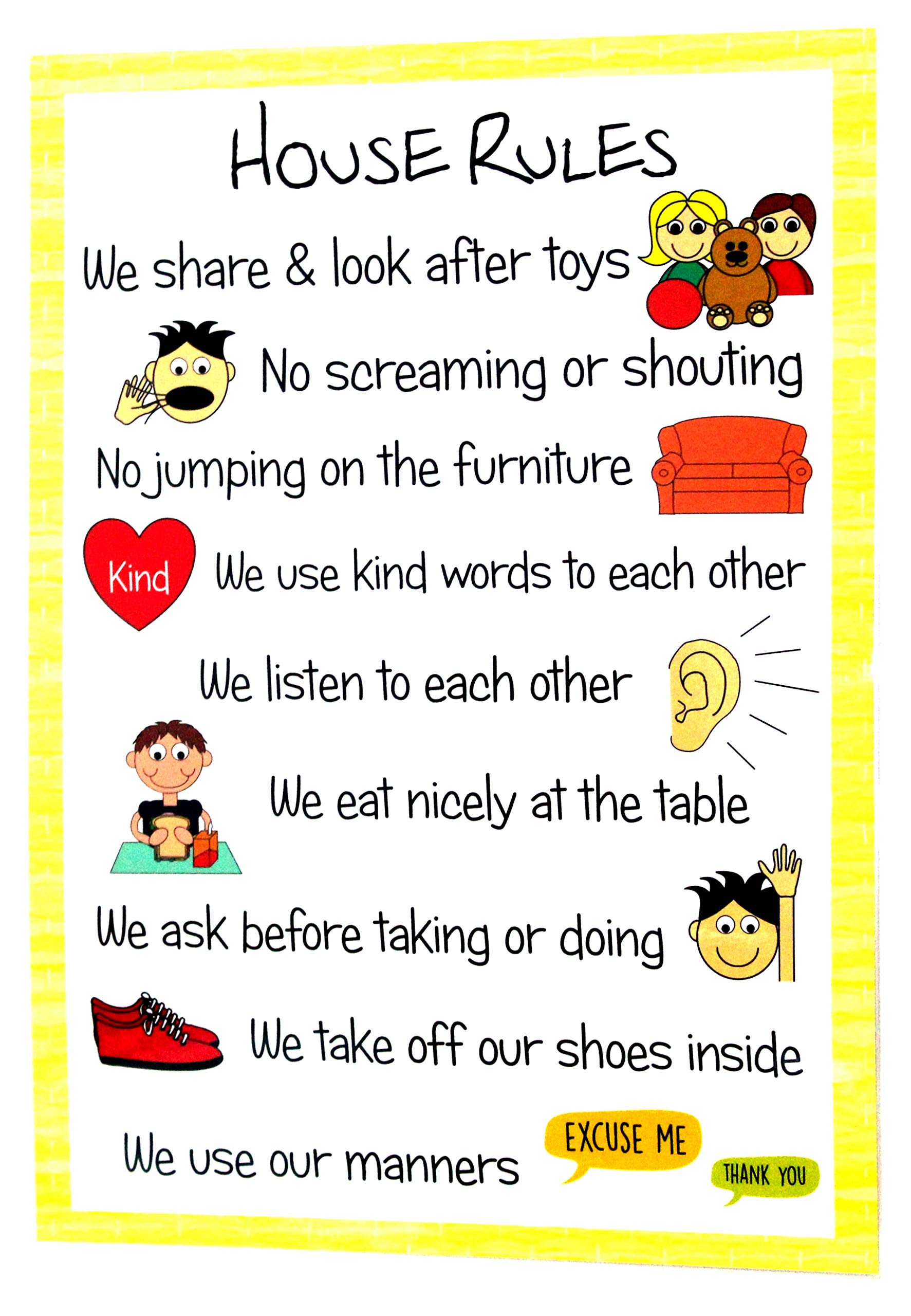
While you may be tempted to distribute business cards to everyone you meet, it’s crucial to be mindful of the quantity. Only provide your card when it feels appropriate and when potential connections show genuine interest. Remember, a higher quantity doesn’t necessarily equate to a higher quality of connections. Instead, focus on building meaningful relationships and strategically handing out your cards to individuals who are likely to benefit from your services or expertise.
Rule #4: Personalize Your Card
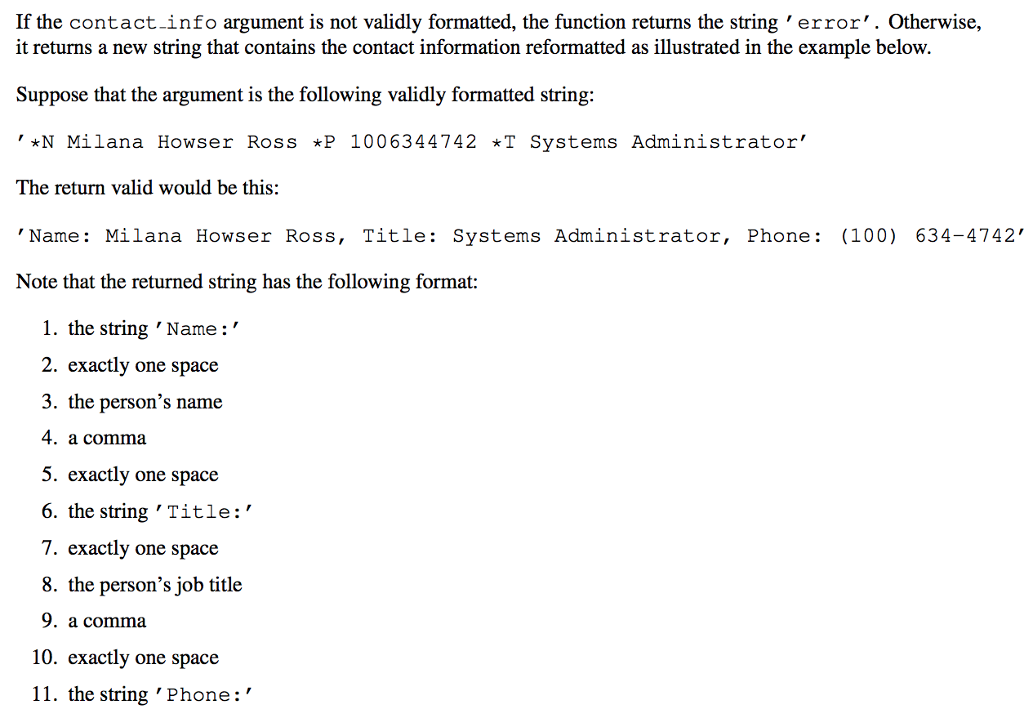
Adding a personal touch to your business card can make it more memorable. Consider including a brief elevator pitch or tagline that reflects your value proposition. This can help potential contacts understand what you do and how you can benefit them. Additionally, if relevant to your industry, you may include a QR code that links to your portfolio, website, or LinkedIn profile. These small additions can make your business card more interactive and provide recipients with easy access to additional information.
Rule #5: Exchange Cards with Intention
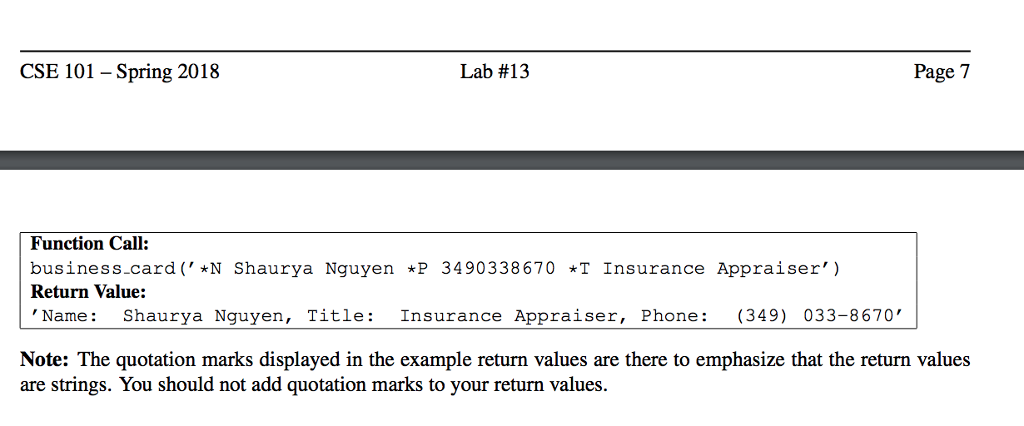
Handing out your business card should be done with intent and purpose. When exchanging cards, take the time to talk to the recipient and establish a meaningful connection. This will help create a lasting impression and ensure that the recipient is more likely to follow up with you after the initial interaction. Remember, the goal is not to simply distribute as many cards as possible, but rather to build valuable connections that can potentially lead to future collaborations or business opportunities.
Conclusion
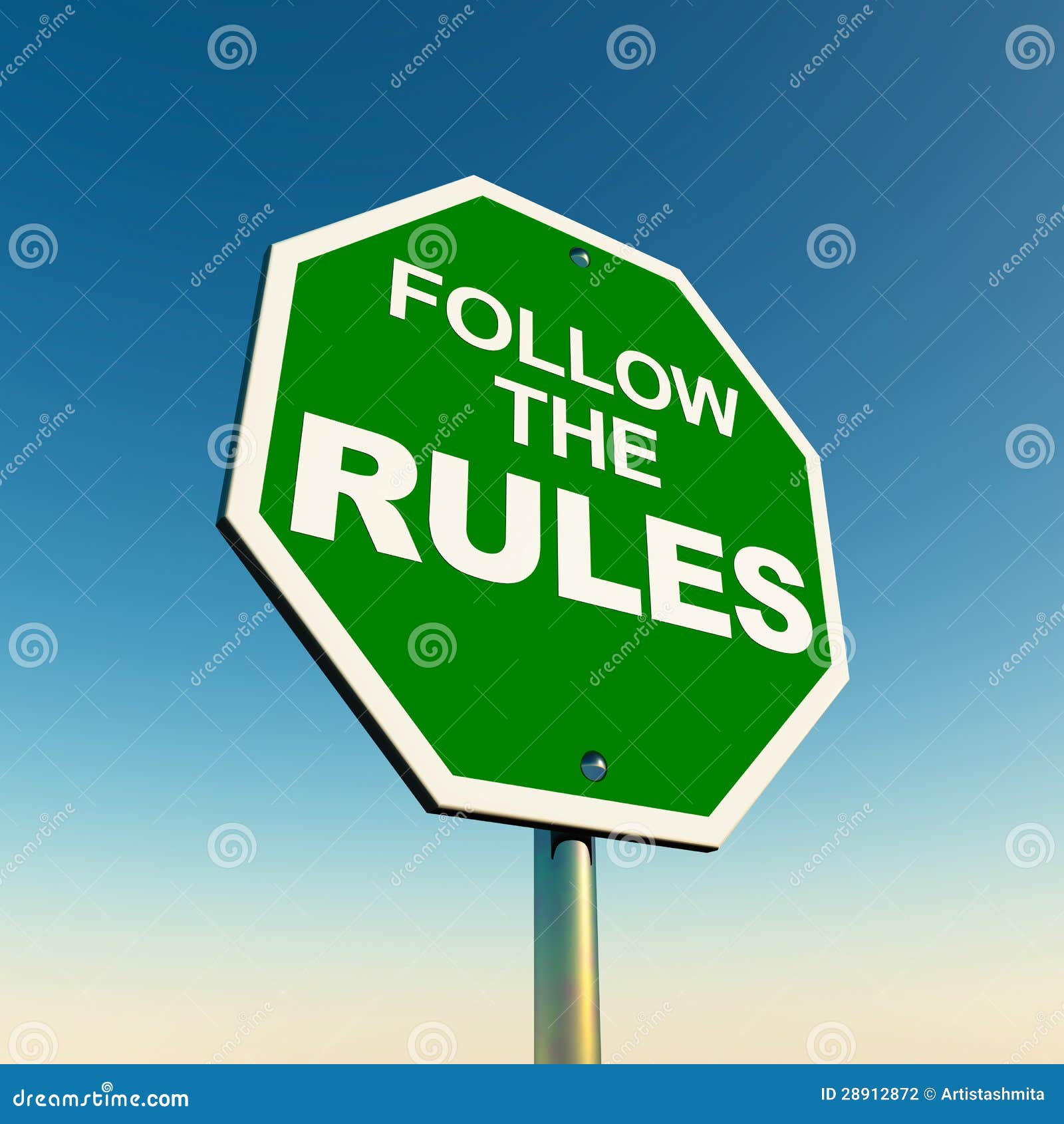
In the age of technology, business cards remain a vital tool for networking and making a lasting impression. By following a few simple rules, you can ensure that your business cards are effective in establishing meaningful connections. Remember to keep your design simple and professional, choose quality materials, be mindful of quantity, add a personal touch, and exchange cards with intention. By adhering to these rules, you will make the most of your business cards and leave a lasting impact on your contacts.
So, which of the following is a good rule to follow when using business cards? It’s clear that there isn’t just one rule that encompasses all aspects of business card usage. Instead, it’s a combination of rules that collectively contribute to their effectiveness. By following these guidelines, you can confidently utilize your business cards as a powerful tool for networking and professional growth.
William’s writing reflects a deep passion for graphic design and marketing. With a background in the visual arts, he adds a unique perspective to his content. In his spare time, William enjoys visiting art galleries and seeking out the latest design trends.